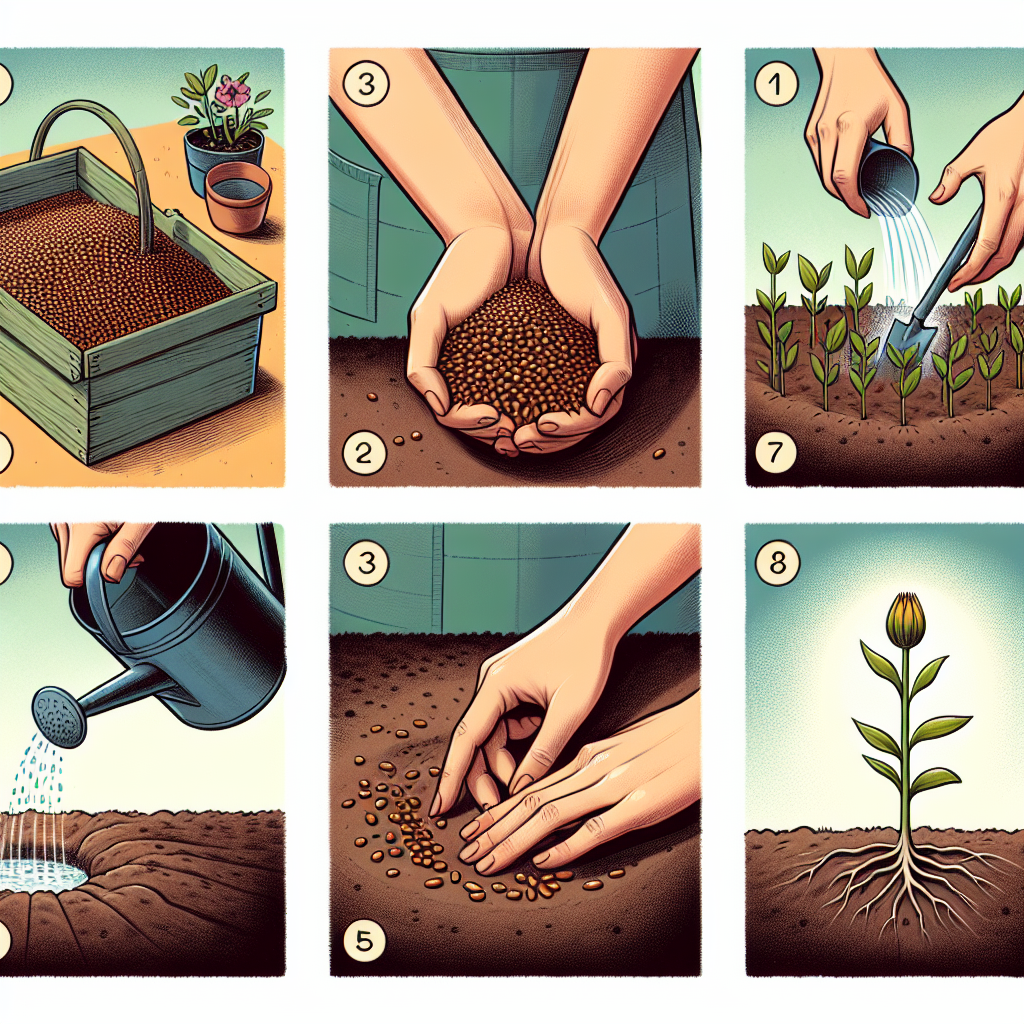
How to plant cornflower seeds
How to Successfully Plant Cornflower Seeds
Cornflowers, known scientifically as *Centaurea cyanus*, are beautiful, hardy annual flowers that can add bursts of color to any garden. With their vivid blue, pink, white, and purple hues, these flowers have captured the hearts of gardeners for centuries. If you’re looking to brighten your garden this season, understanding how to plant cornflower seeds is crucial. This guide will walk you through the process step-by-step, ensuring that your garden flourishes with these exquisite blooms.
Understanding Cornflowers
Before diving into the planting process, it’s essential to understand the characteristics and benefits of cornflowers. These flowers thrive in various conditions, making them suitable for a range of garden environments. Cornflowers are not only beautiful but also attract pollinators like bees and butterflies, contributing to the health of your garden ecosystem.
- Varieties: There are several varieties of cornflowers, each offering a different hue and size, including the classic blue cornflower.
- Growth Habits: These plants can grow up to 36 inches tall, making them excellent for backdrops in flower beds.
- Soil Requirements: Cornflowers prefer well-drained, moderately fertile soil.
When to Plant Cornflower Seeds
The optimal timing for planting cornflower seeds depends on your local climate. Generally, you want to plant them in early spring after the last frost or in fall if you live in a more temperate region.
- Spring Planting: Wait until the soil temperature reaches around 50°F (10°C).
- Fall Planting: Sow seeds about six weeks before the first expected frost to allow for a natural stratification process.
Where to Plant Cornflower Seeds
Selecting the right location for your cornflowers is vital for their growth. Cornflowers love full sun and will thrive in well-drained soils. Here are some considerations for choosing the perfect spot:
- Sunlight: Aim for an area that receives at least 6-8 hours of direct sunlight each day.
- Soil Type: Loamy or sandy soil that drains well is ideal. Avoid heavy clay soils.
- Spacing: Ensure adequate space between plants (about 8-12 inches) to allow for air circulation.
How to Plant Cornflower Seeds
Now that you have a good understanding of cornflowers and where to plant them, let’s delve into the details of sowing their seeds. Follow these steps to maximize your success:
- Prepare the Soil: Remove any weeds, debris, and rocks from the area. Loosen the soil using a garden fork or tiller.
- Amend the Soil: If necessary, amend the soil with organic compost to enrich its nutrient content.
- Sow the Seeds: Scatter the cornflower seeds on the soil surface. For finer control, you may want to space them apart at the desired distances.
- Cover the Seeds: Lightly press the seeds into the soil and cover them with a thin layer of soil (about 1/8 inch deep).
- Water Gently: Using a fine spray nozzle, gently water the area to avoid displacing the seeds.
- Keep Moist: Maintain a consistently moist environment until germination occurs.
Caring for Your Cornflowers
Once your seeds have been sown, the next step is to ensure they receive the proper care. Cornflowers are generally low-maintenance, but attention to detail can encourage healthier growth and more vibrant blooms.
Watering
While cornflowers are drought-tolerant, they will need consistent moisture during their early growth stages. Water them deeply but less frequently to encourage root development.
Weeding
Keep the planting area free of weeds, which compete for nutrients and water. Be careful not to disturb the young cornflower seedlings while weeding.
Fertilizing
Use a balanced fertilizer during the growing season to promote robust growth and blossoming. A general-purpose fertilizer applied once a month should be sufficient.
Pest and Disease Control
Cornflowers are relatively resistant to pests and diseases, but keep an eye out for aphids and powdery mildew. Natural insecticidal soaps can help manage pest infestations, and proper spacing helps prevent fungal diseases.
Deadheading and Pruning
To encourage continuous blooming, regularly deadhead spent flowers. You can also lightly prune plants to maintain their shape and promote bushier growth.
Harvesting Cornflower Seeds
If you love the idea of having more cornflowers in your garden, consider saving seeds from your plants. Here's how to do it:
- Wait for Maturity: Allow the flowers to mature fully and dry on the plant.
- Collect Seeds: Once the petals have fallen, collect the seed heads. You can do this by shaking them over a paper bag.
- Store Seeds Properly: Keep the seeds in a cool, dry place until you’re ready to plant again.
Common Uses for Cornflowers
| Use | Description |
|---|---|
| Ornamental | Ideal for flower beds, borders, and cut flower arrangements. |
| Culinary | The petals are edible and can be used in salads or as a garnish. |
| Medicinal | Used in herbal medicine for its anti-inflammatory properties. |
Conclusion
In conclusion, learning how to plant cornflower seeds can be a rewarding experience. Whether you’re a novice or an experienced gardener, these cheerful blooms will surely enhance the beauty of your garden. By following the steps outlined and providing the necessary care, you will enjoy a colorful display that attracts both pollinators and compliments. Happy gardening!
By Guest, Published on August 9th, 2024